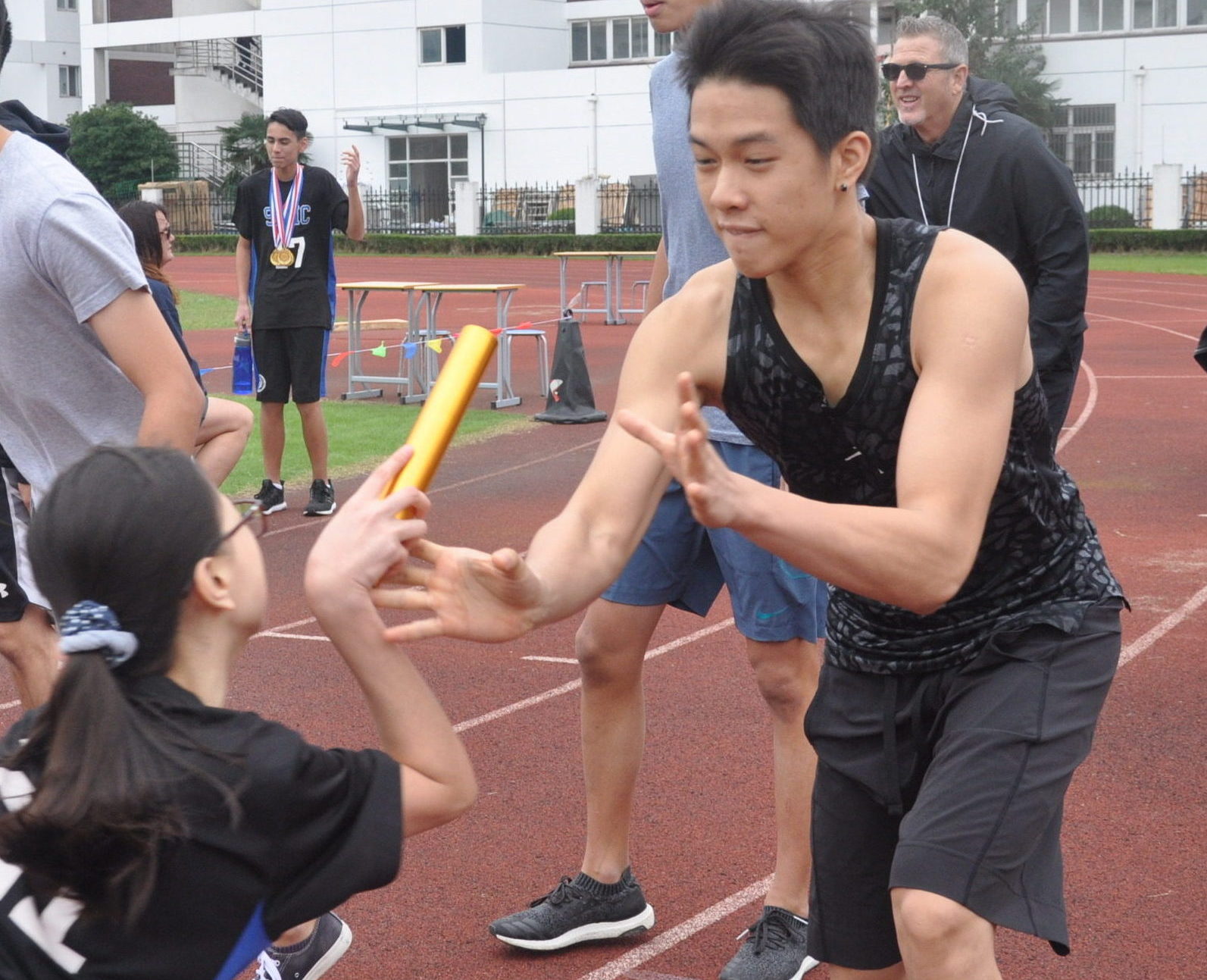Is Sports Day still relevant?
In years past, students looked forward to Sports Day. Food and drinks, dance performances, tug-of-war, relays, and even hanging out with friends outside of class–all this contributed to the anticipation for the event. The idea of a school bonding-day with sports as the backdrop is an excellent way to promote both school spirit and the school ESLR “Healthy Individuals” (both of which were expressly stated goals mentioned in the official speech before the event). However, is Sports Day doing this? Is it accomplishing these goals? In our opinion, there are better ways to make this day the community-builder and health advocate it was intended to be–ways that would be fun to the students as well. By returning to bygone practices, like the tug-of-war, and also implementing new ideas, like team-based competitions or the inclusion of a variety of sports, this day could more effectively achieve its goals.
Sports Day has been suffering from lack of school spirit in recent years, and this year is no exception. The total contribution of the student body has clearly dropped, along with interest in the activities hosted around the field. Students were found wandering in the hallways, classrooms, and even the gates long before the activities ended. Though the goal of the day was to have excited and healthy individuals, not many students contributed to the actual sporting events, nor did they voluntarily and excitedly cheer for others throughout the day. Many were there out of obligation to club duties or simply to sign in on a school day. “I felt bored at Sports Day,” Elvin Kim (11C) stated simply. “I [play other] sports or just sleep, [but] I usually don’t join [Sports Day] activities.” A great number of students chose to stay indoors, kill time by chatting and playing with their phones, or play their own games of basketball and soccer on the unused courts.
To change this, why not add other sports so more of the student body takes an interest or has the opportunity to get involved? It’s ironic that “Sports Day” only includes track events, and promotes no other types of sports such as soccer, basketball, and volleyball. Throughout the school year during those sports’ seasons, the enthusiasm levels are high in the bleachers (and even at times on the field). During volleyball and basketball home games and tournaments, there is a certain energy in the crowd that contrasts with the disinterest shown during the mainly track events of Sports Day. To create a more interested student body, the school might diversify the sports offered to bring in the same school spirit that is often displayed by crowds of students and teachers on the bleachers, rather than limiting the scope of activity choice to track and field year after year. The athletes of SMIC-I would also be more interested in participating if they were able to form groups and sign up for their favorite sports–or maybe compete in a three-on-three tournament, for example. As stated before, many of those who were not involved in official activities were seen playing basketball, volleyball, and other more engaging sports in the neighboring basketball and tennis courts.
Another simple way would be to incorporate more team-based activities into the event. The competitive nature of Sports Day motivates many students to actively engage in Sports Day activities. Because of this, the class relay—the only team-based competition in Sports Day—is usually the most exciting part of the day. This particular relay is not only a tradition, but it is also the most effective part of the event to promote school spirit. As Percy Jang (12C) said, “[Sports Day] was all great, but nearly everyone only paid attention on the relay game instead of other events. SMIC [should] come up with new events to get involved in, like tug-of-war.” In fact, a few years ago, when Sports Day hosted the tug-of-war competition, many students were actively involved both as observers and participants. By largely neglecting team events, Sports Day has not realized its full potential for community-building and participation from the entire student body. 30 Hour Famine is an event that Sports Day can perhaps learn from: its team-based activities promote awareness of global issues while allowing students to collaborate on activities which generally get them excited. By neither measure has Sports Day experienced success; fortunately, this is easy to remedy.
As this Day of Sports currently stands, though entertaining in its own peculiar way, there remains room for improvement. It’s a well-intentioned concept; however, it could be made into a more robust and successful program–one that’s engaging to students–if the events offered were more in alignment with what students are interested in. In doing so, the school could come much closer to accomplishing the goals of encouraging spirit and healthy individualism for its students.
Featured Image: Tiger Ko takes the baton from teammate. Photo courtesy of Angela Dai.

